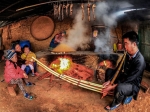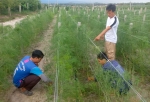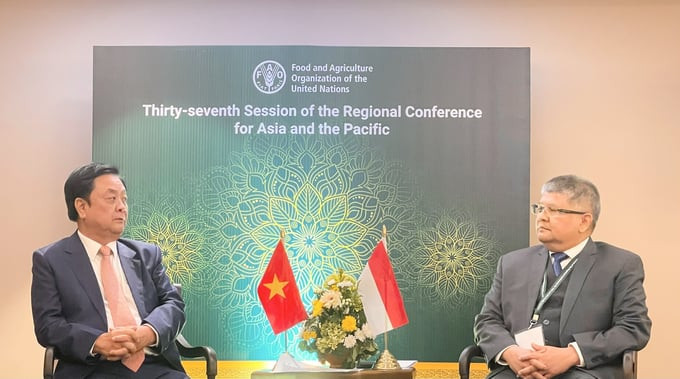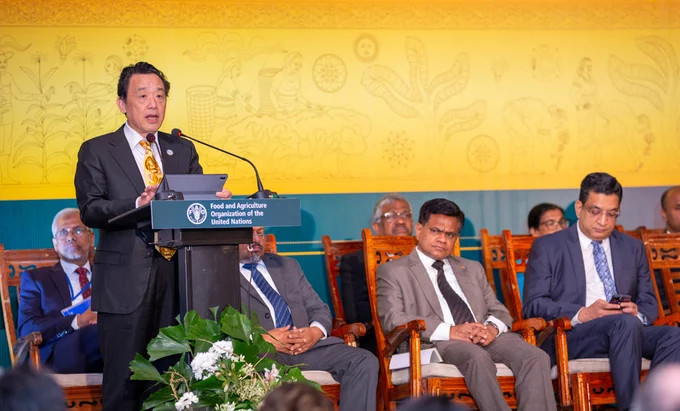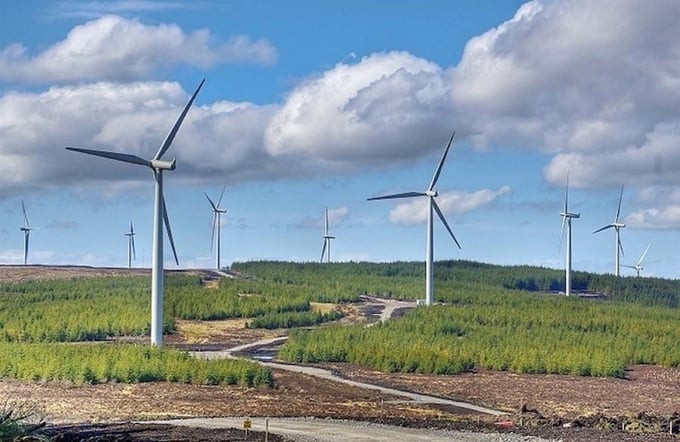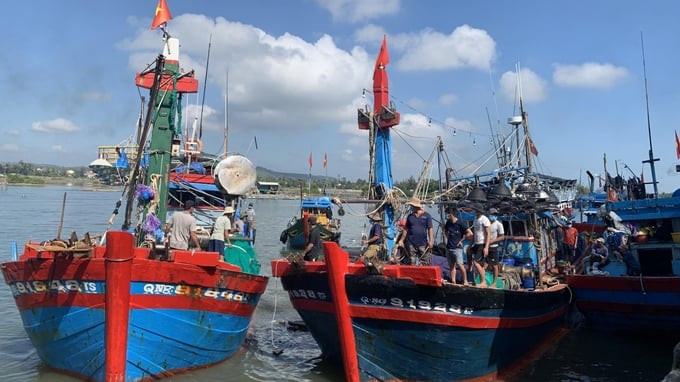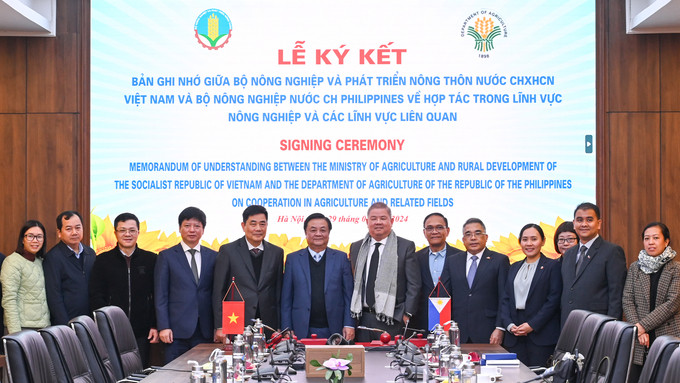As many centralized slaughterhouses no longer meet the market’s standards, on December 28, 2018, the People's Committee of Quang Tri province issued Decision No. 3158/QD-UBND approving the “Planning Scheme for construction of centralized slaughterhouses until 2030, vision to 2040”. This province set the goal of building at least one centralized slaughterhouse in each district, city and town. By 2030, there will be 21 centralized slaughterhouses in Quang Tri.

Nguyen Phu Quoc, Deputy Director of Quang Tri Department of Agriculture and Rural Development, said that the animal health sector faces many difficulties in terms of slaughter control because the construction of centralized slaughterhouses is progressing too slowly
To speed up the construction progress, the provincial People's Committee has repeatedly issued documents urging departments, branches and chairmen of People's Committees of districts, cities and towns to focus on allocating land funds to the approved location. In case localities change the planned location, they must determine the new location, quickly clear the site, and issue a decision to grant land to build the centralized slaughterhouse for individuals and organizations wishing to invest in construction.
After 5 years of implementing Decision 3158, Quang Tri has only built three centralized slaughterhouses, including one type III facility in Ai Tu town (Trieu Phong) operating since December 2018, one type II facility in Cam Lo town (Cam Lo) operating since August 2020, and one type III facility in Trieu Dai commune (Trieu Phong) operating from February 2021. Facilities receiving upgrades include one type II facility in Khe Sanh town (Huong Hoa), one type II facility in Ho Xa town (Vinh Linh), and one type III facility in Thanh An commune (Cam Lo).
Considering the scheme’s goal, the construction progress is still too slow and it is likely that by 2025 the set target will not be met. This also means ample difficulties for the slaughter control work of competent authorities.
“It’s hard to attract social capital, and household-scale livestock farming still accounts for a large proportion of more than 76%,” said Nguyen Phu Quoc, Deputy Director of Quang Tri Department of Agriculture and Rural Development.
With the current situation of small-scale livestock farming, organizing a continuous livestock farming - slaughter system would not be an easy task. “Slaughtering is done at the same time in many different locations, but the number of veterinary staff is lacking. This causes many difficulties for slaughter control and poses potential risks of loss of food safety and hygiene. The animal disease prevention work also faces many obstacles,” said Deputy Director Quoc.
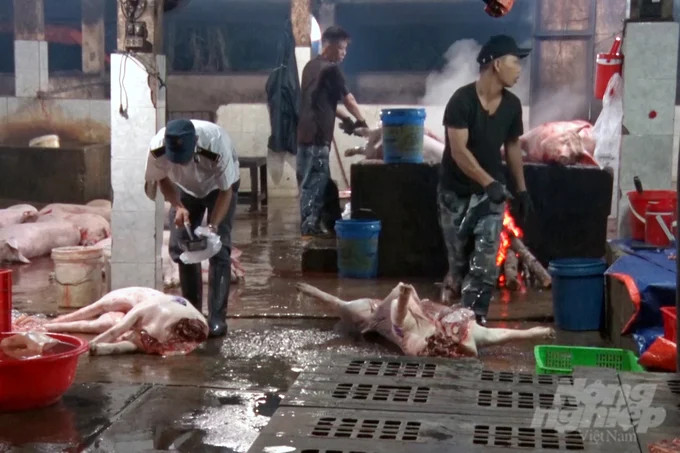
Difficulties in slaughter control will result in potential risks of animal diseases spreading
As for solutions, Deputy Director Quoc recommends localities first mobilize legal capital sources as well as capital from construction investment programs and projects in the area to support businesses, organizations and individuals participating in the scheme. Based on the planning location, localities need to publicize relevant information and have preferential investment policies on land and taxes.
In order to have standardized and synchronous centralized slaughterhouses, the local agricultural sector will continue to consult Quang Tri People's Committee and encourage businesses to invest in large-scale livestock farming towards high quality to have a premise for synchronous construction.
Translated by Samuel Pham




